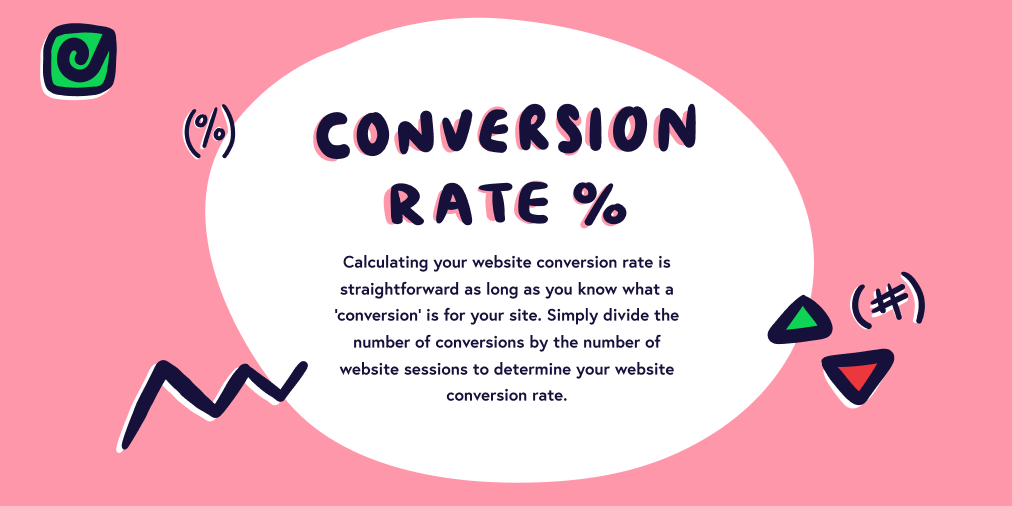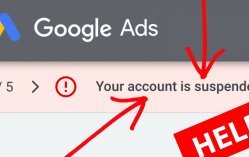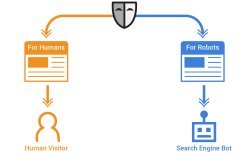Website Conversion: What It Is, How to Calculate, and Increase

In the digital age, having a website is essential for any business or organization to thrive. But merely having a website isn't enough; it must be able to convert visitors into customers or achieve its desired goals, be it generating leads, making sales, or encouraging sign-ups. This process of turning website visitors into valuable actions is known as website conversion. In this article, we will delve into what website conversion is, how to calculate it, the factors affecting the conversion rate, and actionable strategies to increase it.
What is Website Conversion?
Website conversion refers to the successful completion of a desired action by a visitor on a website. This action can vary based on the website's goals and can include making a purchase, filling out a contact form, subscribing to a newsletter, downloading an eBook, or any other pre-defined action. The conversion rate is a metric used to measure the effectiveness of a website in achieving these goals. It is calculated by dividing the number of conversions by the total number of website visitors and multiplying it by 100 to get a percentage.
How to Calculate the Conversion Rate?
To calculate the conversion rate of a website, use the following formula:
Conversion Rate = (Number of Conversions / Total Website Visitors) x 100
For example, if a website received 1000 visitors in a month and 50 of them made a purchase, the conversion rate would be:
Conversion Rate = (50 / 1000) x 100 = 5%
What Affects the Conversion Rate of a Website?
Several factors can impact the conversion rate of a website. Understanding these elements can help in optimizing the site for better performance and higher conversions.
-
Website Design and User Experience: A well-designed website with an intuitive user interface can significantly influence a visitor's experience. A cluttered or confusing layout can discourage users from taking any action. Ensure that the website is visually appealing, easy to navigate, and mobile-friendly.
-
Page Load Speed: In today's fast-paced world, people expect websites to load quickly. If a website takes too long to load, visitors may leave before taking any action. Regularly monitor and optimize the website's loading speed to retain users and improve conversions.
-
Compelling Call-to-Action (CTA): The CTA is a crucial element that prompts users to take the desired action. It should be clear, persuasive, and strategically placed on the page. Use action-oriented words that encourage visitors to act immediately.
-
Trust and Credibility: Building trust is vital for website conversions. Include trust signals such as customer testimonials, security badges, and social proof to assure visitors that your website is reliable and trustworthy.
-
Relevant and High-Quality Content: Content plays a pivotal role in engaging visitors and encouraging conversions. Ensure that the content is relevant, informative, and addresses the needs and pain points of the target audience.
-
A/B Testing: Implement A/B testing to experiment with different elements of the website, such as CTA buttons, headlines, colors, or layouts. Testing allows you to identify what works best for your audience and optimize your website accordingly.
It will also be helpful to read - "Banner advertising - effective or not"
How to Increase the Conversion Rate?
Now that we understand the importance of website conversion and the factors influencing it, let's explore effective strategies to increase the conversion rate:
-
Optimize Landing Pages: A landing page is often the first point of contact for visitors. Ensure that each landing page is tailored to a specific goal, such as promoting a product or service. Keep the design simple, the message clear, and the CTA prominent.
-
Personalization: Use data-driven insights to personalize the user experience. Tailor content and offers based on user behavior, demographics, and preferences, creating a more personalized and relevant experience.
-
Simplify the Conversion Process: Reduce friction in the conversion process by minimizing the number of form fields and making the checkout process hassle-free. The easier it is for visitors to convert, the more likely they are to do so.
-
Implement Exit-Intent Popups: Exit-intent popups are triggered when a visitor is about to leave the website. Use them to offer a discount, a free resource, or any other incentive to encourage visitors to stay and convert.
-
Leverage Social Proof: Display customer reviews, ratings, and success stories to establish credibility and trust with potential customers. Social proof can significantly influence purchase decisions.
-
Offer Incentives: Provide exclusive offers, discounts, or free trials to incentivize visitors to take action. Limited-time offers create a sense of urgency, motivating visitors to convert quickly.
-
Utilize Remarketing: Implement remarketing campaigns to target users who previously visited the website but didn't convert. Remarketing helps in re-engaging potential customers and reminding them of your offerings.
It will also be helpful to read - "How to Track a PPC Campaign"
Conclusion
Website conversion is the lifeblood of online success. By understanding what website conversion is, how to calculate it, and the factors influencing it, businesses can take actionable steps to optimize their websites for higher conversion rates. Employing user-centric strategies, leveraging data insights, and continuously testing and refining the website's elements will lead to increased conversions, improved customer engagement, and ultimately, greater business success in the digital landscape.












